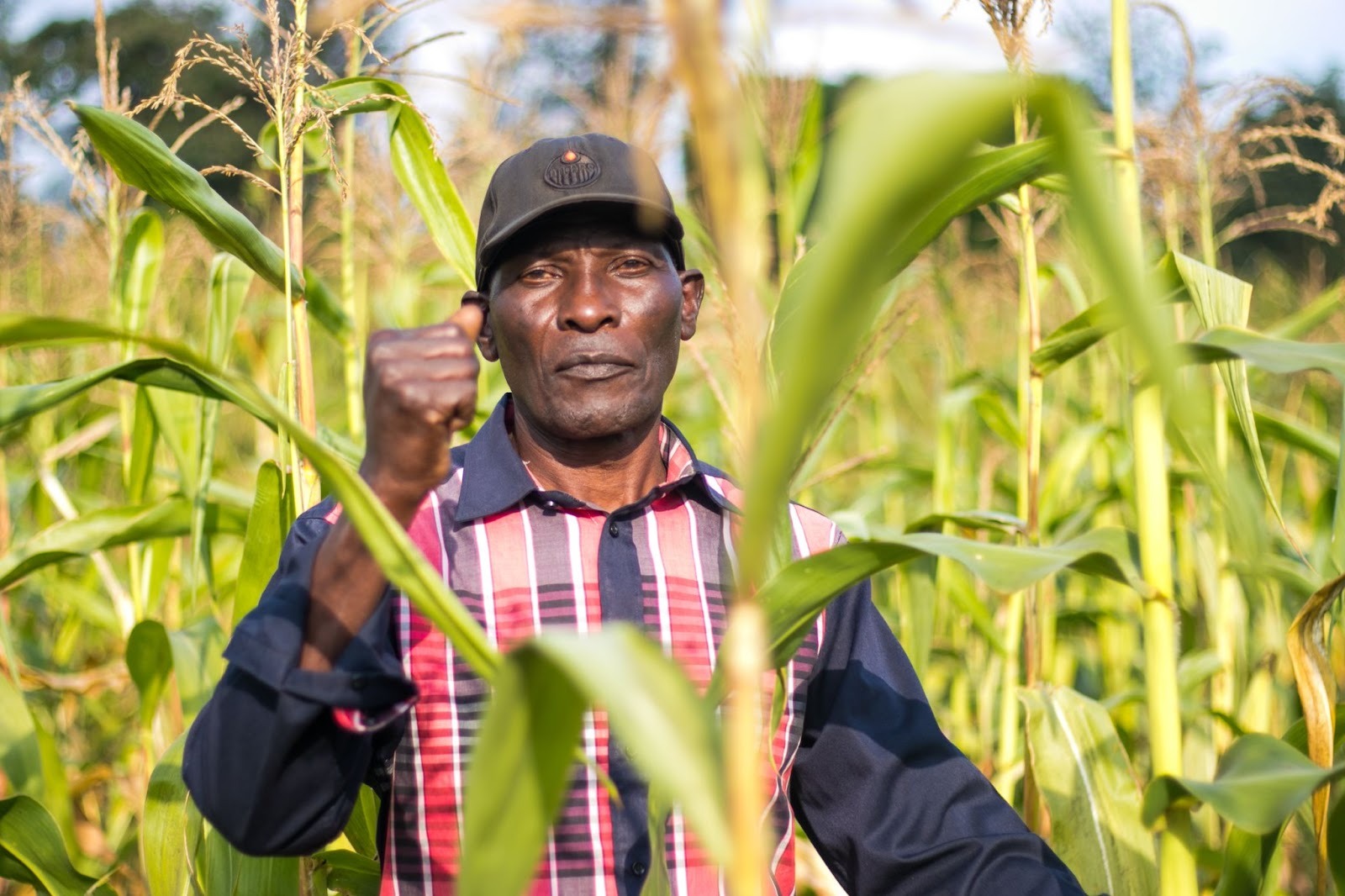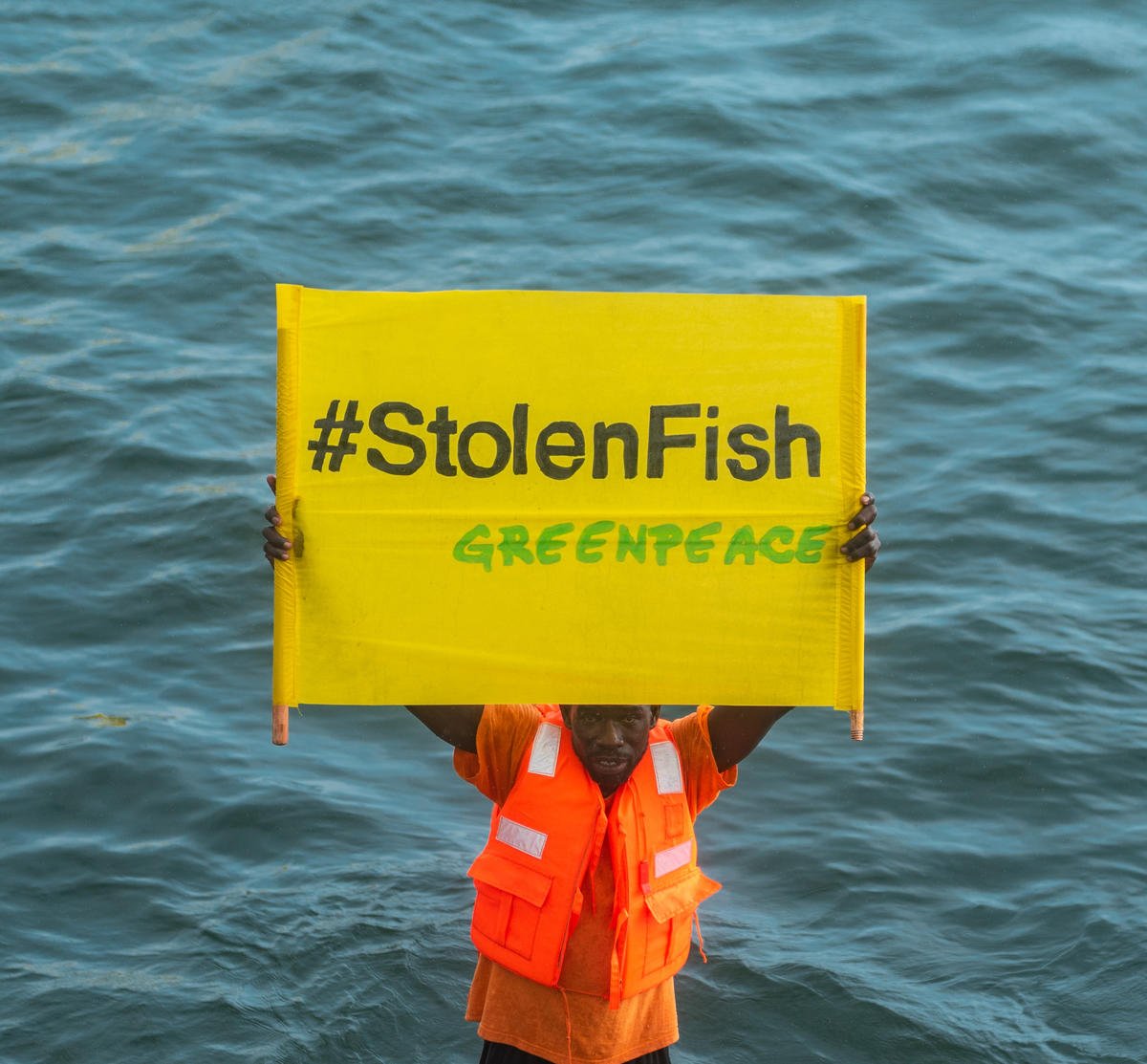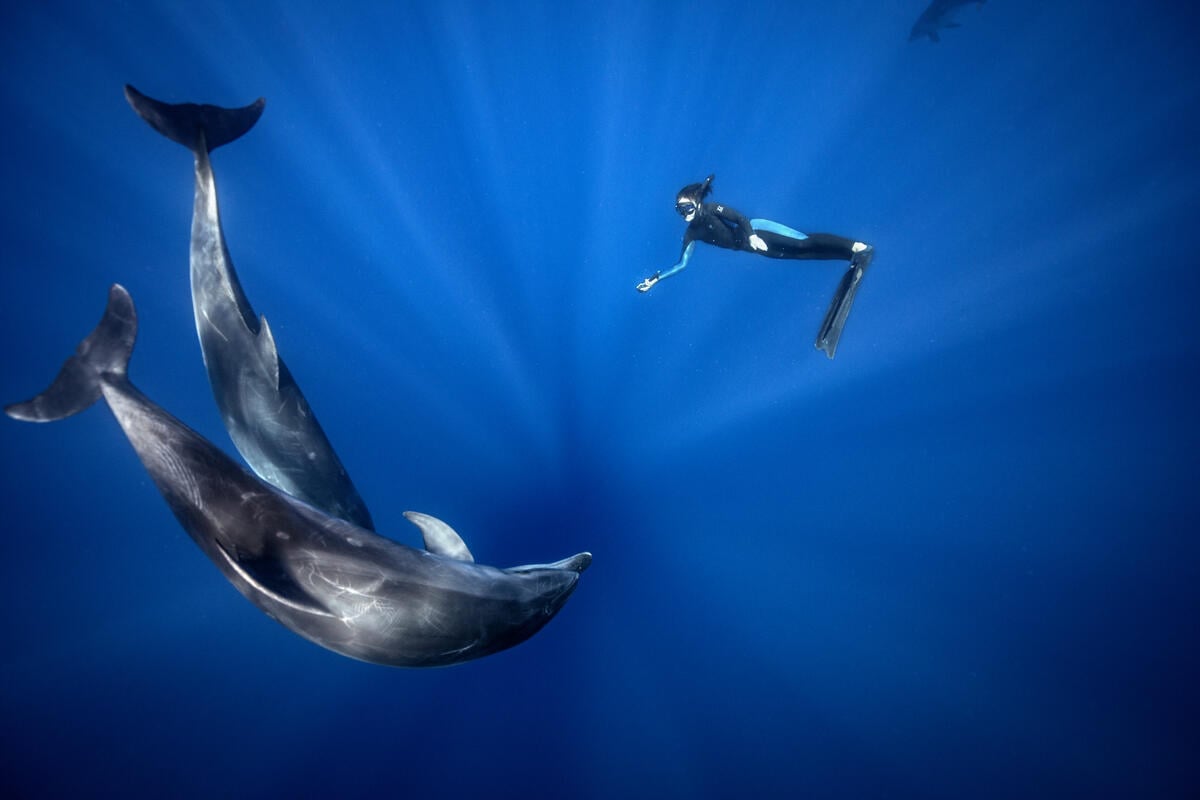Senegal, USA, 1 March 2024 – The UN Ocean Treaty agreed a year ago this week has still only been ratified by two countries, underscoring an urgent need for more governments to write the historic Treaty into national legislation.[1]
Known as the High Seas or Biodiversity Beyond National Jurisdiction (BBNJ) Treaty, it has been signed by 87 countries since opening for signatures in September, but can only enter into force at the UN Ocean Conference in 2025 once formally ratified by at least 60, which means ratifications must accelerate rapidly.
Laura Meller, from Greenpeace’s Protect the Oceans campaign, said:
“The agreement of the Global Ocean Treaty was a sign that in a divided world, protecting nature could still triumph over political rivalries and corporate profits. The Treaty was announced with the words ‘the ship has reached the shore’ – but for the ship to be an effective tool in ocean protection, at least 60 governments now must sign the Treaty into law, before time runs out.
“Only Chile and Palau have ratified the treaty so far. They have sent a strong signal that the time to protect the ocean and all the life it supports is now. Other countries have started their ratification processes but are moving too slowly. Many governments want to present themselves as ocean champions – we expect them to follow in Chile and Palau’s footsteps and bring the treaty to life, so that the real work to protect the oceans can start.”
The High Seas are home to millions of species and ecosystems, but less than 1% are fully protected. They are under increasing pressure from a range of threats, including industrial fishing, pollution and the emerging deep sea mining industry. To protect 30% of the oceans by 2030, we must protect more than 11 million km² of ocean every year.[2]
Senegal, like several other African countries, is still dragging its feet on signing and ratifying this treaty. However, the implementation of this document would be beneficial for many communities in this West African country, which suffer the horrors of overfishing on a daily basis.
A study published in January in the journal Nature and led by Global Fishing Watch revealed that 75% of the world’s industrial fishing vessels are hidden from public view.[3]
In September 2023, Greenpeace International published a report setting out the political process to deliver protection for the global oceans.[4] The report explores how cumulative pressures on the high seas are increasing, and quantifies for the first time the growing fishing activity in areas earmarked for protection, using data from Global Fishing Watch.
The UN Ocean Treaty is the most significant multilateral environmental deal since the 2015 Paris Climate Agreement. Once ratified and it enters into force the Treaty will go a long way toward improving the health and resilience of the ocean.
The Greenpeace ship Arctic Sunrise has started a six-week expedition to the Galapagos islands to document the positive effects of marine protection and support the ratification of the UN ocean treaty.[5]
ENDS
Contacts:
Magali Rubino, Global media lead for Greenpeace’s Protect the Oceans campaign, Greenpeace France: [email protected] +33 7 78 41 78 78 (GMT+1)
Greenpeace International Press Desk:
[email protected], +31 (0) 20 718 2470 (available 24 hours)
Notes to editors
Laura Meller is Ocean Policy Advisor with Greenpeace Nordic, working in Greenpeace’s Protect the Oceans campaign.
[1] The historic Global Ocean Treaty was agreed on March 4 2023, adopted in June 2023 and opened for signature at the UN in September 2023. The Global Ocean Treaty is a legally binding instrument under the United Nations Convention on the Law of the Sea (UNCLOS) on the conservation and sustainable use of marine biological diversity of areas beyond national jurisdiction (BBNJ).
Signing the Treaty shows an “intent to ratify”. Ratification requires domestic legislation, and would sign the Treaty into law. The Treaty will become a legally binding instrument once at least 60 countries pass the necessary domestic legislation to ratify the Treaty and formally deposit their ratification at the United Nations.
Greenpeace UK created an interactive map where ratification of the treaty can be monitored, along with threats on the oceans : https://maps.greenpeace.org/maps/gpuk/30×30/
[2] All governments agreed to protect at least 30% of the world’s oceans by 2030 under the Convention on Biological Diversity in 2022.
[4]
[5] Pictures from previous mobilisations for the ocean treaty are available here.
A petition has been launched by Greenpeace to call on governments to rapidly ratify the UN Ocean Treaty to create new ocean san



